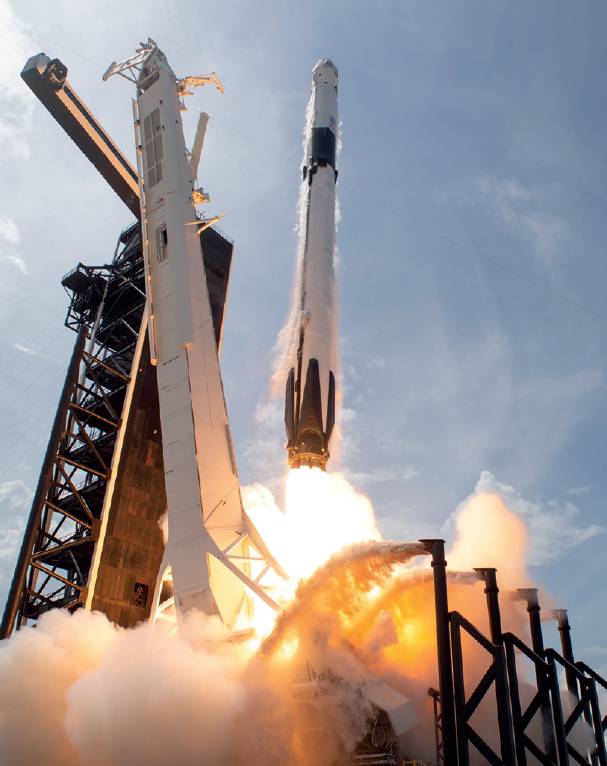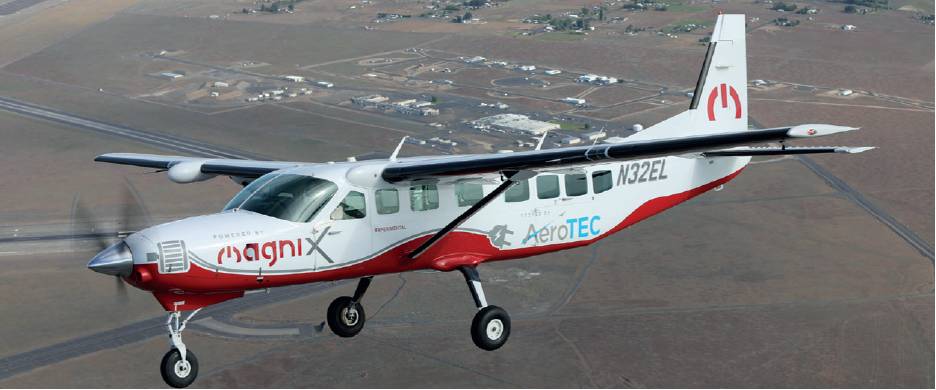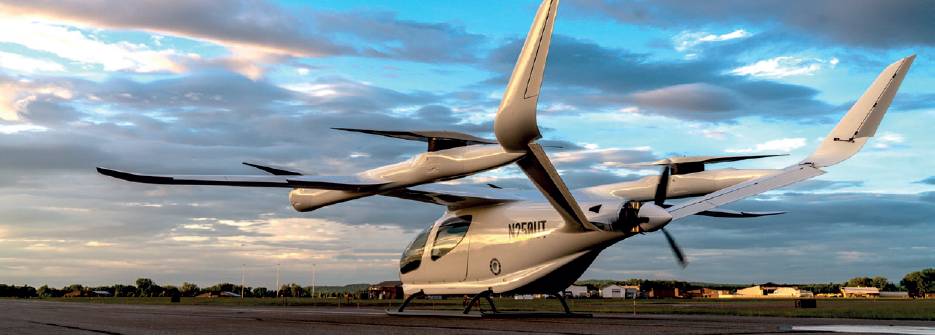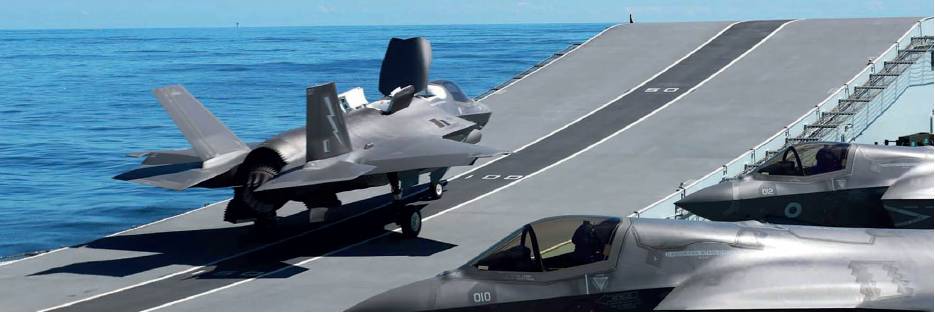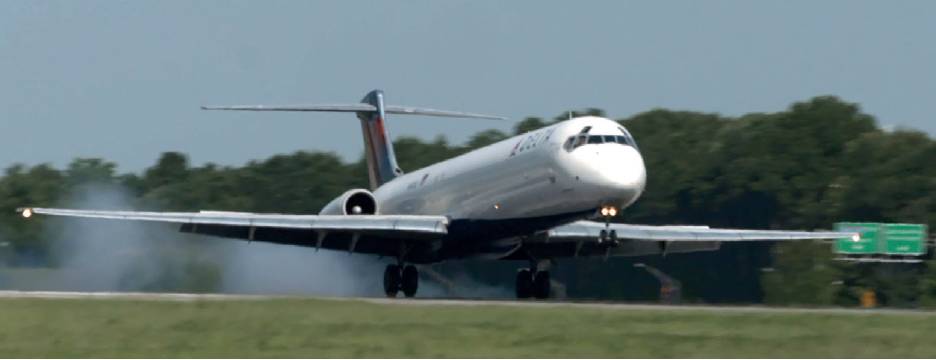Radome
 Enable H2
Enable H2
The French Government has unveiled a €15bn financial support programme for the aerospace sector, comprised of investment, loan guarantees and subsidies. Designed to protect France’s ‘strategic’ industry, including Airbus and Air France, the investment is also set to accelerate zero-carbon aviation, with plans for a potentially hydrogen-powered successor to the A320 to enter service in the mid-2030s.
To meet the requirement of urgent deliveries of Covid-19 testing kits and PPE to key workers in remote areas, UAVs have been used during the pandemic. In the UK, a trial carried out between Skyports and Thales has seen medical supplies delivered to the Isle of Mull, Scotland, using a Wingcopter UAV and flying beyond visual line of sight (BVLOS). It follows on from another trial using a larger Windracers ULTRA UAV to deliver essential PPE to a hospital on the Isle of Wight. Meanwhile, in the US, Zipline, which has pioneered medical supply drones in Africa, was granted an emergency waiver by the FAA to fly delivery UAVs with Covid-19 supplies BVLOS in North Carolina.
In a report by the UK Parliamentary Transport Committee into the effect of Coronavirus on the aviation sector, MPs have slammed flag carrier British Airways’ plans to cut 12,000 jobs and sack, then rehire 35,000 staff, including pilots, on new terms and conditions. The Committee branded BA a ‘national disgrace’ for its proposals which, it argued, are trying to take advantage of the Covid-19 crisis to restructure itself and cut costs. IAG CEO Willie Walsh defended the proposals, saying that the carrier was “fighting for its survival, in the face of overwhelming and unprecedented challenges.”
 Austrian Airlines
Austrian Airlines
As AEROSPACE goes to press, several airlines in Europe have now resumed services as lockdown restrictions continue to ease – albeit with new Covid-19 procedures in place, including facemasks. On 15 June, Austrian Airlines (above) returned to flight after being grounded for 90 days. The same day saw easyJet fly its first scheduled departure in 11 weeks from London to Glasgow – with the airline operating 300 flights in the first week back. Brussels Airlines also resumed flights on 15 June and reported full aircraft. Domestic air travel in France and Turkey has also returned. Meanwhile, Ryanair aims to restore 40% of its services this month. However, IATA has warned that foward bookings remain 82% lower than this time last year.
